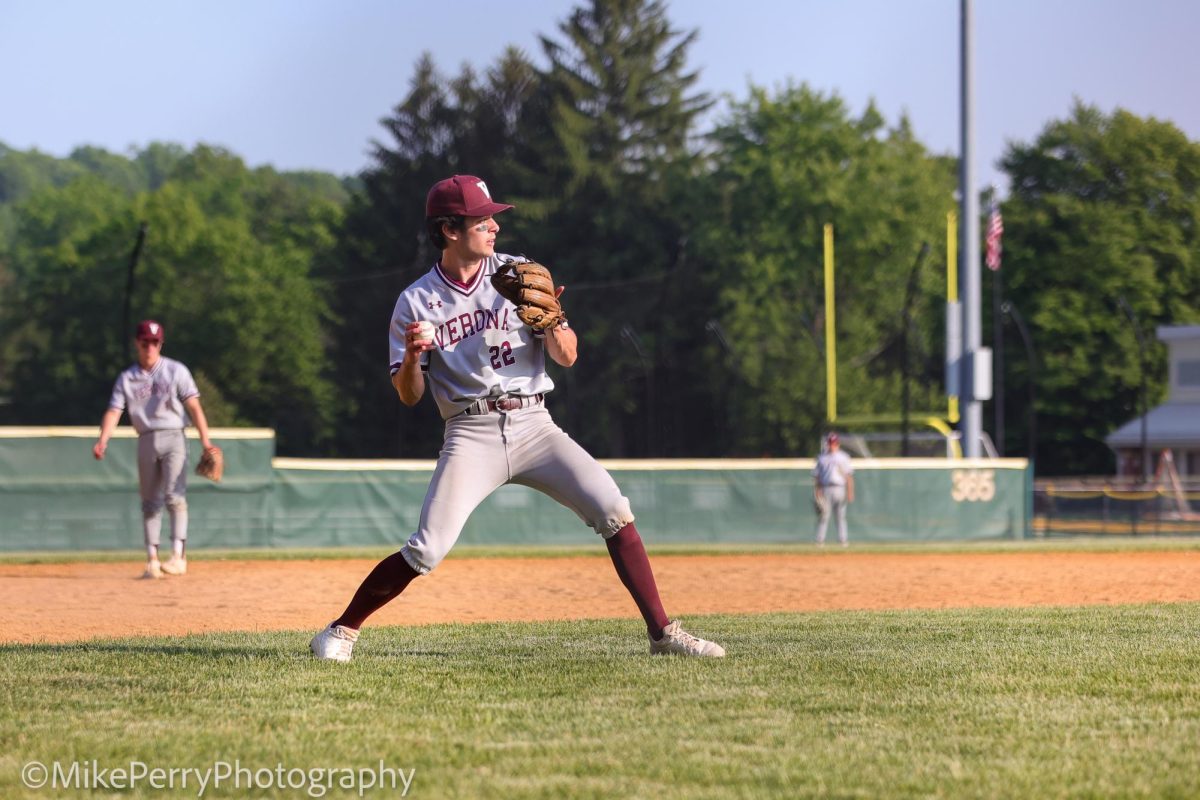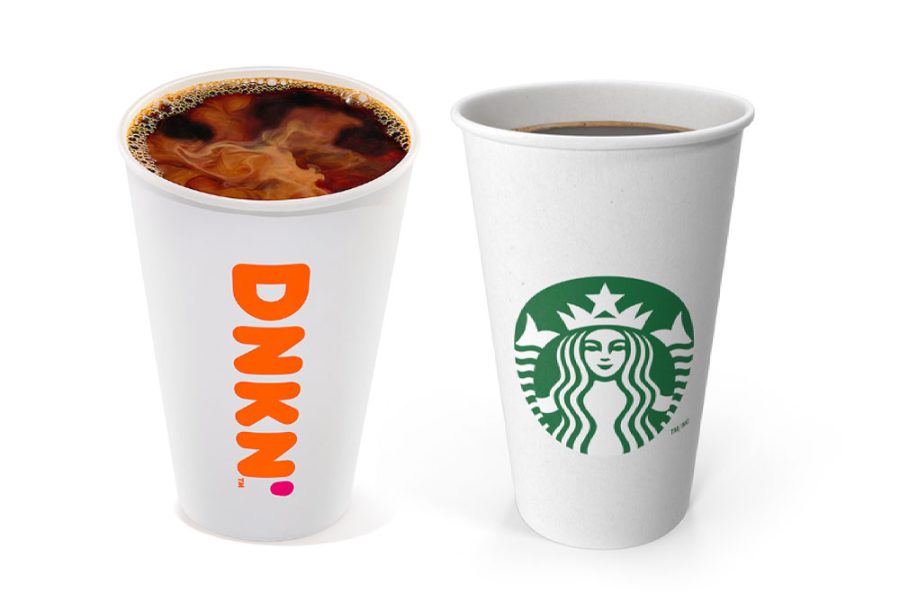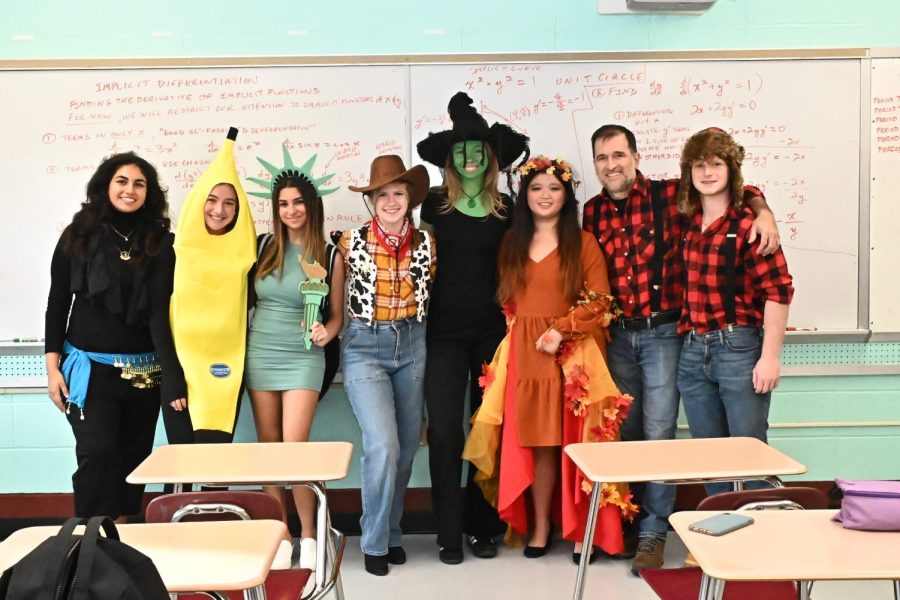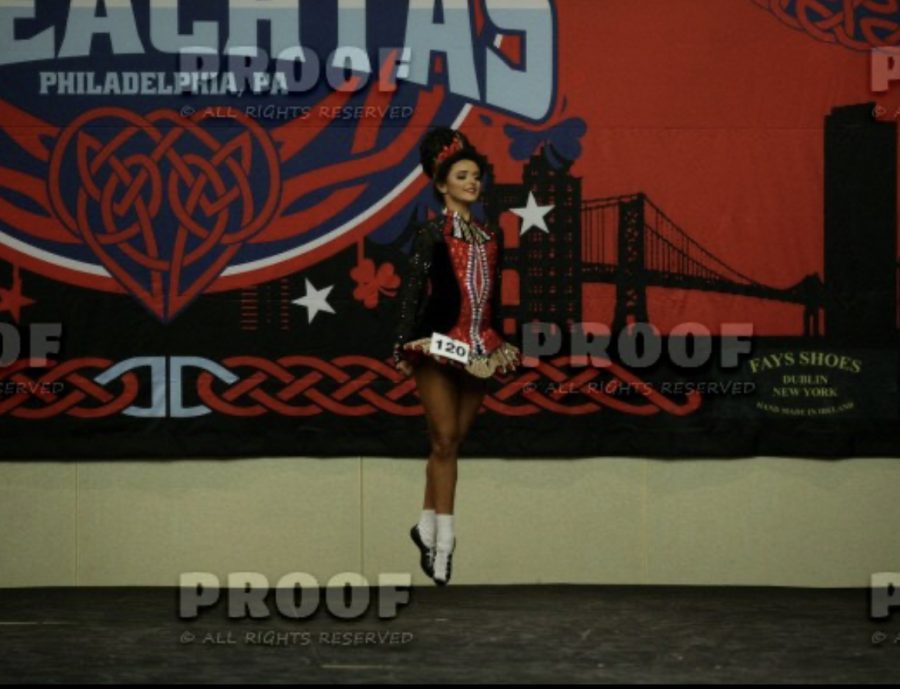Vaporwave: The Virtual Plaza Awaits
The prominence of social networking has allowed the Internet to essentially develop into an expansive new society within itself that exists right under the radar of the general public; it consists of a wide variety of views and beliefs and has fostered its own forms of popular culture, entertainment and art. From this new cyberculture, several unique trends have emerged throughout the years and the 2010s have seen the rise of a new style of music which has even developed its own aesthetic. Harmonizing cynicism towards 20th century pop culture with genuine appreciation of its artifacts, this new movement is known as vaporwave, and it is one of the greatest sensations you have never seen.
A look at the /r/vaporwave section of Reddit will often prove to be a very confusing and surreal experience for the uninitiated, and one may at first feel quite alienated from the scene. To understand it, though, one must examine the patterns among your findings and consider what they mean. These patterns include prevalent “retro” imagery (particularly from television and the early days of the Internet) and the use of Japanese characters, which further contributes to its mysterious air.
The sound of vaporwave music is a conglomerate of electronic dance music, New Age, plunderphonics (the act of producing music from existing audio recordings) and several indie dance styles such as chillwave and seapunk (both of which respectively reflect 80’s and 90’s nostalgia). One of its trademark qualities involve manipulated and distorting samples from muzak (the sort of lounge music or smooth jazz you would hear in an elevator or a waiting room) as well as video game music and MIDI instruments in order to accentuate their artificiality. Repetitive song structures and simple melodies are often utilized to underline the banality of the work’s source material and producers will often add reverb and filters to imitate TV/radio speakers.
The emphasis of the artificiality of the elements presented in the art and music serves as a commentary on consumerism throughout the world; the name “vaporwave” itself is a reference to both the term “vaporware”, which describes products that are advertised and never actually released, and what Adam Harper of the music website Dummy describes as “the idea of libidinal energy being subjected to relentless sublimation under capitalism.” Vaporwave’s anti-consumerist ideals are encapsulated with the satirical belief system known as the Virtual Plaza, a direct reference to the way in which our society is devolving to one of glossy consumerism.
“Global capitalism is nearly there,” Harper says in the introduction to his Dummy article Vaporwave and the pop art of the Virtual Plaza. “At the end of the world there will only be liquid advertisement and gaseous desire. Sublimated from our bodies, our untethered senses will endlessly ride escalators through pristine artificial environments… consuming and consumed by a relentlessly rich economy of sensory information, valued by the pixel. The Virtual Plaza welcomes you, and you will welcome it too.”
The vaporwave style was pioneered in 2010 when producer Daniel Lopatin (better known as Oneohtrix Point Never) released Eccojams Vol. 1 (deriving its name from the 1992 video game Ecco the Dolphin) under the alias Chuck Person; the album consists of 19 untitled tracks utilizing “chopped and screwed” samples from 80’s pop music. Experimental musician James Ferraro would provide another landmark release with 2011’s Far Side Virtual, which established the style’s hallmark retro-futurist aesthetic and captured the feel of “elevator music”. Several albums that followed involved an amalgamation of the key elements of both of these albums, shaping the sound of what we now recognize as vaporwave.
Quite a few flagship vaporwave releases can actually be attributed to Ramona Andre Xavier, primarily known as Vektroid and utilizing several other monikers; these include Macintosh Plus (whose album Floral Shoppe is often regarded as the definitive vaporwave album), and Laserdisc Visions (whose album New Dreams Ltd. was allegedly one of the first albums to be referred to as “vaporwave”).
Despite being a relatively niche subgenre of music, vaporwave has actually been divided into several microgenres within itself. One of the more prominent styles is “mallsoft”, which is meant to be a satirical imitation of Muzak which is meant to serve as ambience while doing other activities, providing commentary on a society which cannot seem to focus on one task at a time; Hologram Plaza from Disconcious and 슈퍼마켓Yes! We’re Open from 식료품groceries are considered landmark releases of this style.
Another trend within the vaporwave scene is “future-funk”, which involved a much dancier approach to production; Saint Pepsi’s Hit Vibes and マクロスMACROSS 82-99’s Sailorwave are representative releases of this style. Artists also tend to use a more abrasive approach with “vapornoise”, which essentially involves sound collages of past commercial media such as commercials; this particular style is well encapsulated with these two albums.
Now that you have been provided with some thorough background information regarding this elusive new style of music and art, whether or not you wish to continue with your exploration of it is in your hands. You are encouraged to listen to the albums provided for you throughout this article and if you enjoy them, continue with your own research into vaporwave. Good luck, and enjoy your journey through the Virtual Plaza.










